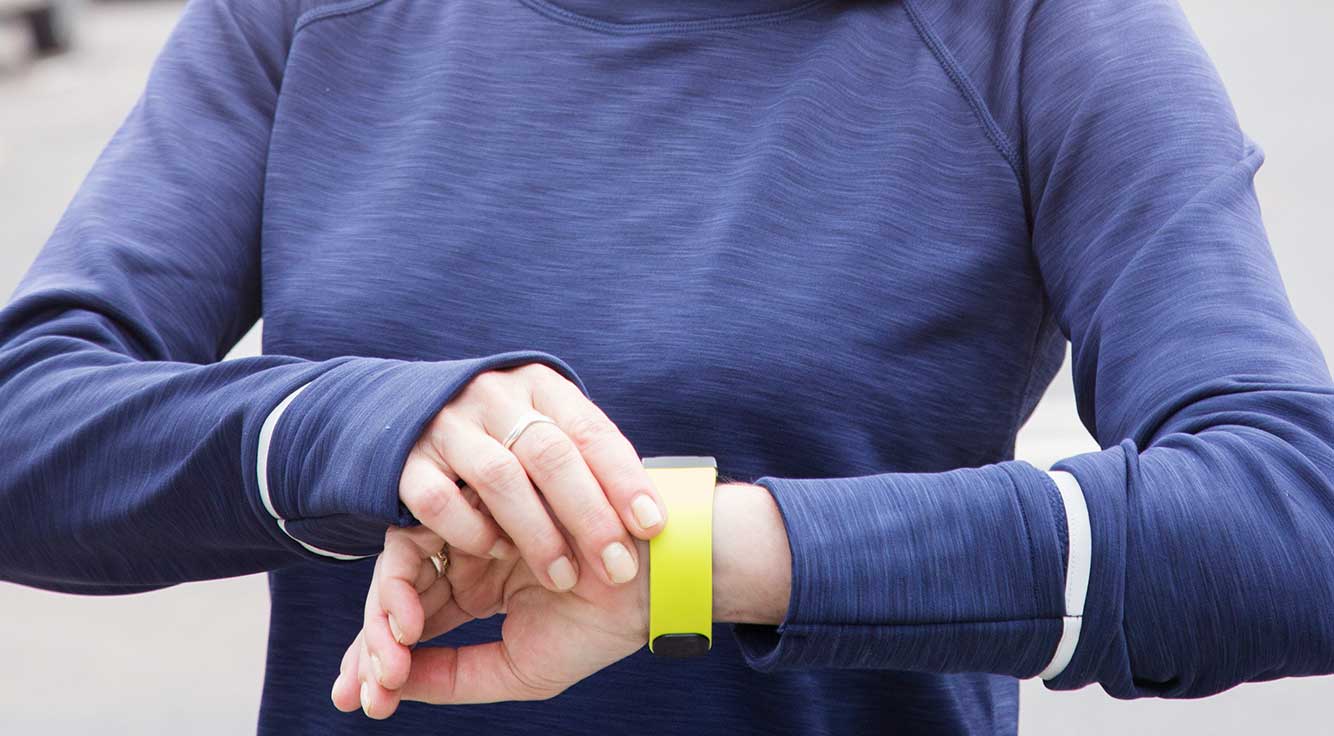
Powerful but not perfect: An overview of health wearables
A personal trainer in your pocket. Microchips that monitor blood sugar. Baby thermometers — right on their tiny wrists. If these concepts sound strange, think again. They’re called wearables. And in the health and wellness scene, they’re making a big splash in a small way.
What’s a wearable?
Wearables are what happens when clinical tech becomes a bit more consumer-friendly. Like the name suggests, these digital devices work with your wardrobe — strapping discretely to an arm, belt buckle, or even your back.
No doubt wearables look cool, but fashion isn’t the priority. They’re mainly designed to bring you closer to good health by delivering data about your body. From counting calories burned to tracking vital signs, each product does it differently.
The benefits of wearables
Is it really possible to get healthier from a high-tech wrist strap? While it’s true that wearables can’t take the place of a visit to the doctor, they’re plenty effective at keeping health top of mind.1
Building health awareness
Fitness trackers were among the first wearables to catch on with consumers — and for good reason. Devices like the Fitbit and Apple Watch monitor your body to help calculate how active you are. Steps you’ve taken today? Check out this graph. Calories burned? Here’s an estimate. Resting heart rate? Looks good from here!
Since wearables offer real-time feedback — in a fun and visual way — it’s easy to stay in tune with the little things that make up a healthy day. Plus, personal reminders and alerts can help keep you accountable for your goals — and motivated to push past them.
Managing chronic conditions
Nowadays, wearables are finding all sorts of new ways to support health beyond vital signs and fitness metrics. Some even provide pocket-sized solutions to help care for ongoing conditions.
For example, glucose monitoring wearables can help keep tabs on your blood sugar (glucose) levels throughout the day. They can even send data to digital apps on your smart device to provide actionable insights on how to better manage your health.
Devices like these are shaping the future of wearables by offering services you could previously only get at the doctor’s office — all while bringing extra peace of mind to everyday life. Before getting started with a medical-grade wearable, just make sure to talk with your doctor first to see what’s right for you.
Supporting medical research
Many clinical studies use wearable data to fuel research for a healthier tomorrow.
With Apple’s ResearchKit app, Stanford University got 11,000 volunteers to sign up for a cardiovascular study in just one day, a feat that would normally take an entire year.2 Another project, called AIR Louisville, attached medication sensors to 1,000+ asthma inhalers to help figure out what’s causing asthma, improve public health, and keep the air clean for better city breathing.
Crowdsourced data like this is powerful stuff. It’s easy to gather and can come from a large amount of people, places, and populations — which can bring better diversity, accuracy, and health outcomes to research efforts.
4 considerations when using wearables
Notifications! Achievements! Numbers! Higher and higher and higher they go! Wearables work by immersing you in a positive feedback loop that makes you feel great about your progress. But there’s a difference between healthy application and overdependence on your device.
Keep a few things in mind before strapping in:
Forget the “all or nothing” attitude
Wearable tech can offer an amazing, at-a-glance reminder of daily fitness goals. But it’s easy to trap yourself into an unhealthy mindset where finishing those goals needs to happen no matter what — leading to stress and overexertion.
If you’re chasing a high step count, for example, remember to focus more on the steps you’ve completed, rather than the ones you’re missing. When it comes to health, all progress is good progress. Even if your wearable doesn’t say so.
Know the limits
As much as we’d like the opposite, wearables aren’t 100% accurate. In one study, 7 wrist-worn fitness trackers missed the mark by over 20% when it came to measuring calories burned.3
So, be sure to use wearable data as a guide, not your only source of truth.
Complement, don’t substitute
Even though many wearables are helpful, they don’t offer the depth of service you can expect at medical facilities. When you don’t have access to screenings, lab tests, and physicals, you’re simply not getting the full picture of your health.
Don’t become too dependent on your wearable data. Its best to use it to complement the care you already get — not as a substitute for visiting a doctor.
Listen to your body
Whether you’ve maxed out your day’s steps, hit the sweet spot on your glucose levels, or always have a healthy heart rate, it’s important to know that wearables can’t speak for the whole you. If the smartwatch screen says you’re doing great, but something doesn’t feel right, listen to your body. Go see your doctor.
Today’s wearables aren’t perfect. But they’re getting smarter every year. And for many, these discrete devices already work wonders by connecting them to health in a way that fits their lifestyle.
Considering wearables?
For discounts on fitness trackers, wearable sensors, and more, visit Choose Healthy today.
1Kaiser Permanente does not necessarily endorse the medications or products mentioned. Any trade names listed are for easy identification only.
2Michelle Fay Cortez and Caroline Chen, “Thousands Have Already Signed Up for Apple’s ResearchKit,” Bloomberg.com, March 11, 2015.
3Anna Shcherbina et al., “Accuracy in Wrist-Worn, Sensor-Based Measurements of Heart Rate and Energy Expenditure in a Diverse Cohort,” Journal of Personalized Medicine, 2017.
TOPICStechnologywearables





